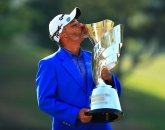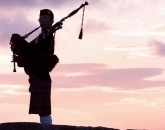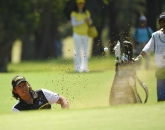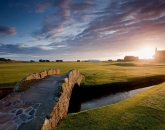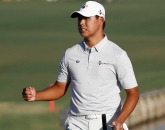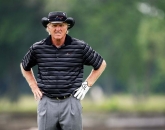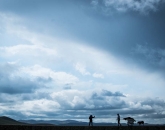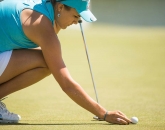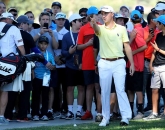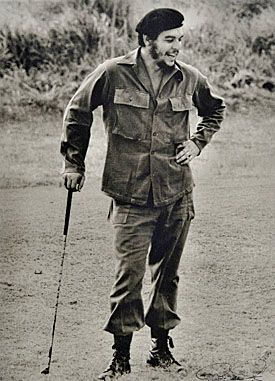 Serving a three-year sentence before fleeing to Miami, it is now generally accepted the famous golf match took place around in May, 1959. Barely three months after he ousted Cuban Dictator Fulgencio Batista in a military coup, Castro was invited to Washington DC by the American Society of Newspaper Editors to discuss his so-called ‘Peoples Revolution.’
Serving a three-year sentence before fleeing to Miami, it is now generally accepted the famous golf match took place around in May, 1959. Barely three months after he ousted Cuban Dictator Fulgencio Batista in a military coup, Castro was invited to Washington DC by the American Society of Newspaper Editors to discuss his so-called ‘Peoples Revolution.’
Aware of United States President Eisenhower’s passion for golf it has been suggested that Castro wanted to show off his "golfing credentials" in preparation for a possible round with the American leader. Sadly no such game could be arranged. Viewed by the US Government as a Russian stooge, Castro was told the President was unavailable as he was playing golf alone at the Congressional Golf Club during his entire visit.
Incensed at the snub, it was a furious Castro who cut short his visit and returned home to Cuba. Within days he ordered that all Cuba’s golf courses be flattened and never used again for such a decadent Western game. Not surprisingly, Colinas de Villareal was among the first to be ploughed under and converted into a military barracks.
Castro himself appeared to confirm this earlier date an interview with the Colombia-based website Camaguey.com.co in 2007. Asked about the famous match he said: "One day, Che and I went to play golf. The United States government had already decreed the suspension and the redistribution of Cuba's sugar quota, after the Revolution had passed the Agrarian Reform Law. The golf game was a photo opportunity. The real purpose was to make fun of Eisenhower ..."
Someone else with an interest in the Guevara / Castro golf match is Alberto Korda’s son, Dante. "I have heard so many different stories about the day my father took those pictures," he said from his home in Spain. "In truth, the “match” probably took place over a hole or two for the camera – not an entire round keeping score."
Boasting his own valuable collection of ‘Korda’ images, his only regret is that he has no control over how or where they are exhibited. "Along with many other photographers work, the original negatives were commandeered by the Cuban State Archive (Archivo del Consejo de Estado) in March, 1968," he explained. "This meant that if my father wanted to reproduce from them, he would have to apply like any other citizen."
Pages
Click here to see the published article.


